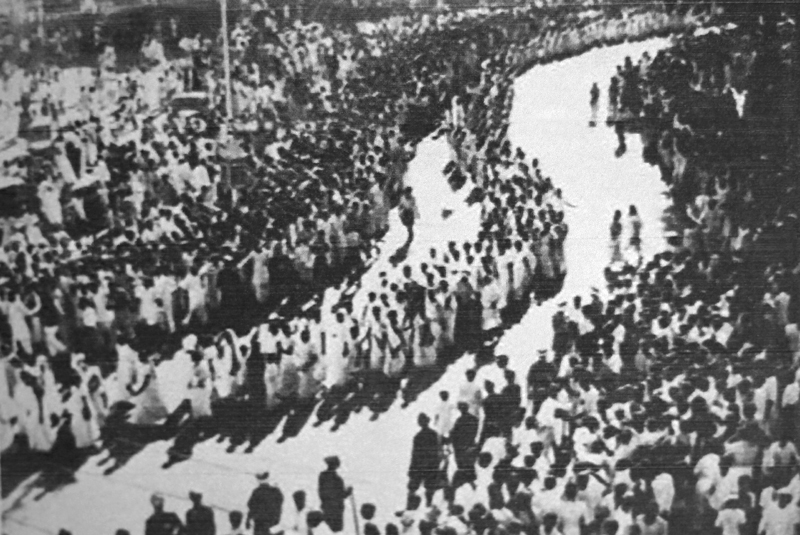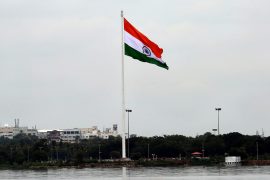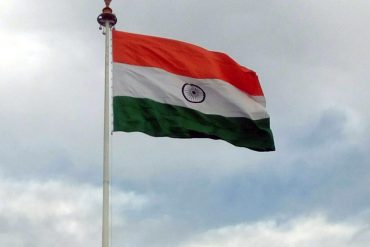The year is 1905. Lord Curzon, the Viceroy of India, by a Government resolution dated July 19, 1905, had announced the partition of British India’s largest province, the Bengal Presidency. With the so-called “territorial reorganisation of Bengal Presidency,” mainly based on religion, Curzon created two new provinces of Eastern Bengal and Assam with Dacca as its capital and Sir Bamflyde Fuller as its Lieutenant-Governor.
Curzon’s ill-conceived, “divide and rule” policy, to be implemented by the authorities of the British Raj, shocked the public conscience. As Surendernath Banerjea wrote:
The announcement fell like a bomb-shell upon an astonished public…we felt that we had been insulted, humiliated and tricked.
Curzon’s decision to partition Bengal evoked protests across the country and caused a great political turmoil. However, in total disregard of public opinion, Lord Curzon went ahead with the decision. And, on October 16, 1905, the resolution became a “settled fact.”
-30-
Copyright©Madras Courier, All Rights Reserved. You may share using our article tools. Please don't cut articles from madrascourier.com and redistribute by email, post to the web, mobile phone or social media.Please send in your feed back and comments to editor@madrascourier.com











